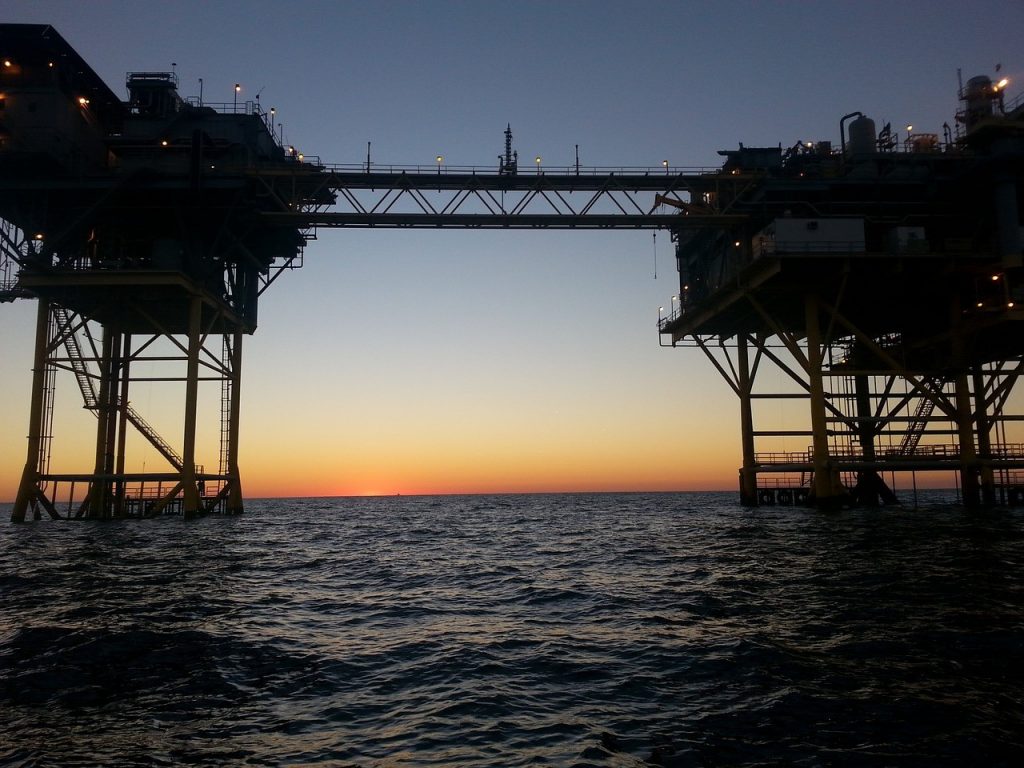
Natural gas will continue to play a key role as nations worldwide look to reduce carbon emissions. The challenge today is how to extract this energy source from deep underground in a way that is the most economical, reliable and environmentally friendly for everyone involved. LNG (liquefied natural gas) projects – and how to build these projects – have become a key focus at the government level.
In Canada, the majority of gas resources are found on the West Coast – close to major export routes and trading partners in Asia. Last year the BC government went ahead with at $40 billion LNG project, with investors from five different countries approving this joint venture. The industry needs to prepare for projects of such magnitude to ensure the project goes smoothly along the way without putting the environment at further risk.
A new approach to LNG
Like in all industries, the research and development of a cutting-edge technology in LNG is critical to its growth. In Canada’s minerals mining sector, drone technology has already seen its popularity rise for its capability to uncover trends invisible to the human eye. This might just be the answer for LNG projects as well.
The main purpose of flying an unmanned aerial vehicles (UAV) is to gather complex data and develop analytics to support any company that produces and transports natural gas. The technology has the promise to completely transform how gas pipeline inspection and maintenance are done.
Benefits of using drones in natural gas operations include the following:
Cost-efficiency
Traditionally engineers would be needed to monitor pipeline deficiencies manually using manned vehicles, but just like having many security guards instead of a security camera, this is expensive and inefficient. Some estimate the market spends $37 billion a year just to monitor pipelines manually.
With drone technology and remote sensing, the pipeline inspection process becomes automated and comes at a fraction of the current cost. Moreover, the technology can pick up even the tiniest leaks from up above, something the industry has been missing for a long time.
Productivity
More data means more advantage. Project operators will also be more prepared for what could potentially happen thanks to data analytics.
Drones used today are equipped with the capability to collect data at lightning speed and with immaculate accuracy. Many drone-based detection systems can even calculate and display methane gas levels instantly, giving operators a real-time view of the gas flow and provide an immediate response without waiting for the vehicle to finish its mission.
This kind of feature guarantees improved productivity and maintenance.
Safety
Not only are drones useful in pipeline inspection, they are also conducive in monitoring any other infrastructure used in operations – especially places where worker safety is a priority. For instance, as soon as a threat is detected in a confined space, workers will know what to do and when to evacuate.
What does this mean?
Having the technological capabilities to deliver successful natural gas projects can bring a tremendous amount of economic benefits. By providing inexpensive and swift inspections, drones can improve both efficiency and productivity.
The next step for the industry is to recognize these advantages, move away the traditional approach and continue the R&D process to make drones even smarter. The ultimate goal is for drone technology to be a standard tool for natural gas operations across the globe.
